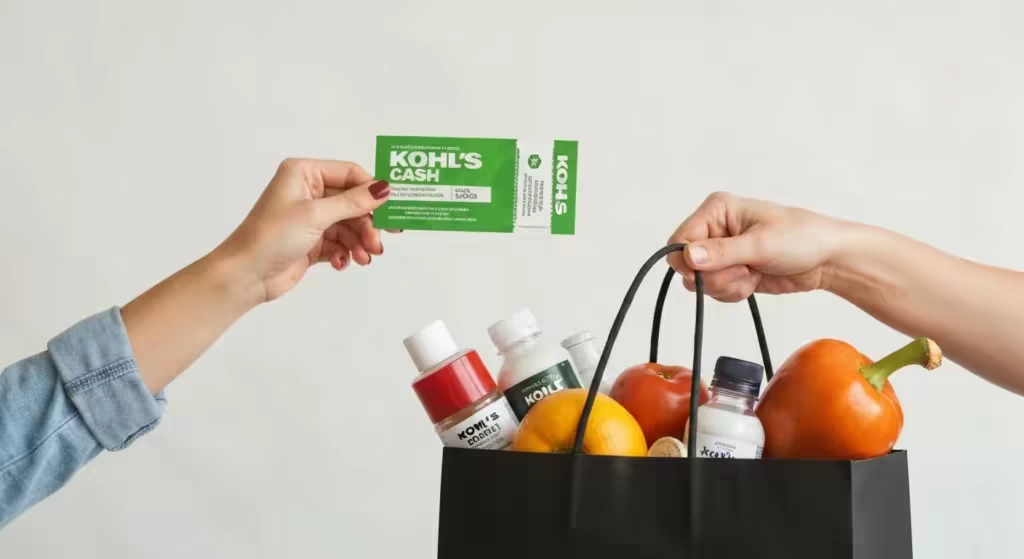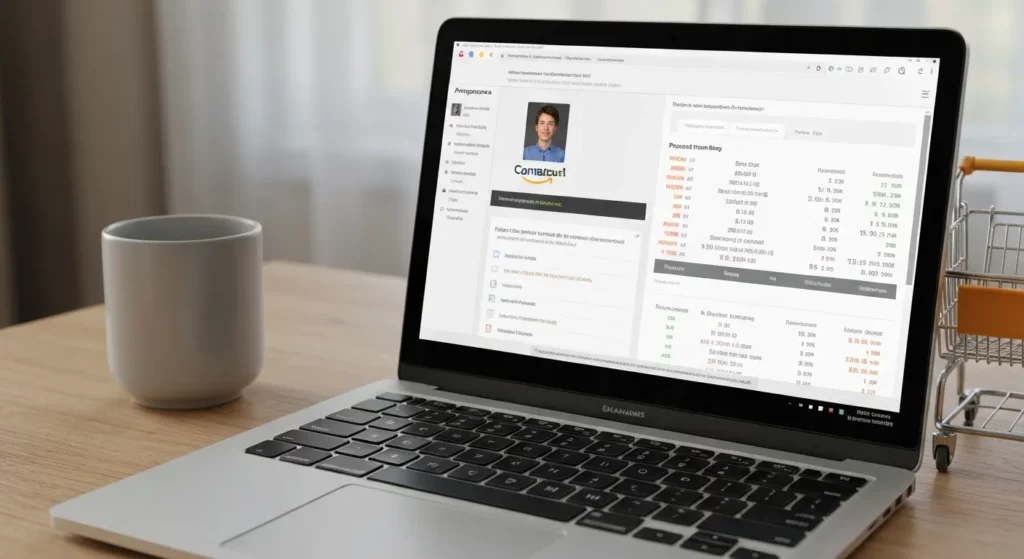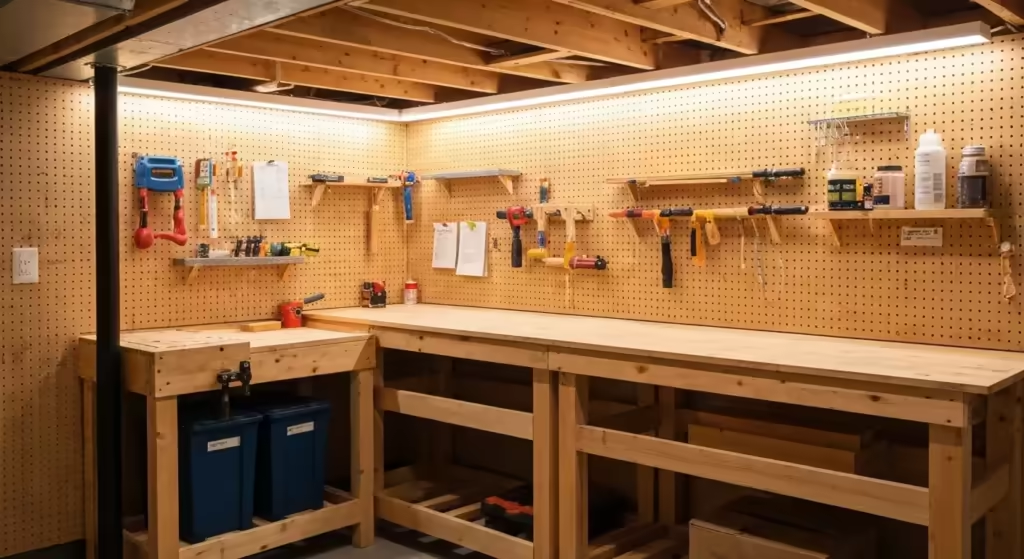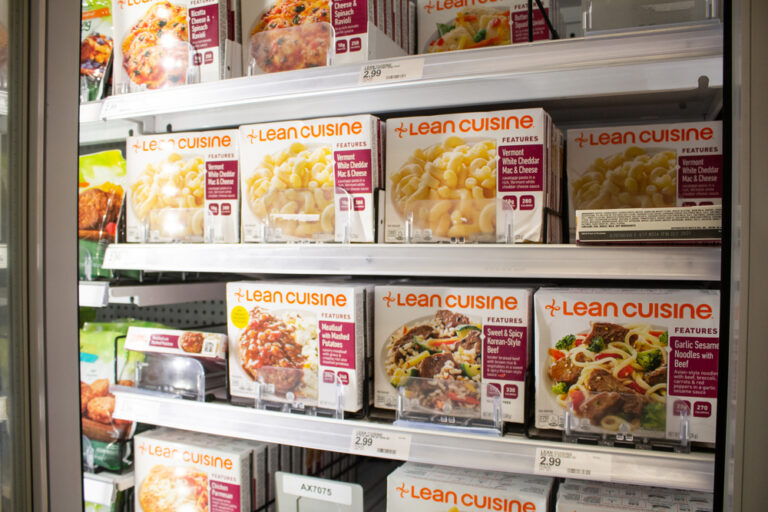I remember the exact moment my relationship with money had to change. It wasn’t a dramatic, movie-scene event. There was no single catastrophic bill or financial disaster. It was quieter, more insidious. It was the slow, creeping realization that my retirement savings, which had once looked so comfortable on paper, were being steadily eroded by the simple, everyday cost of living.
My husband, Robert, and I had planned well. We’d worked hard, saved diligently, and stepped into our senior years feeling prepared. But inflation, unexpected home repairs, and the ever-rising cost of, well, everything, began to create a low hum of anxiety in the back of my mind. The budget we’d so carefully crafted suddenly felt less like a roadmap and more like a tightrope.
The breaking point, if you could call it that, came during a perfectly ordinary trip to a big-box store. Our old desktop computer, a faithful workhorse for over a decade, had finally given up. It was essential for managing our finances, keeping in touch with our kids and grandkids scattered across the country, and for me, for pursuing my hobby of digital scrapbooking.
I’d done my research. I found a decent all-in-one computer for what I thought was a reasonable price: $799. I had that exact amount budgeted. I walked into the store, located the model, and felt a sense of relief. I could handle this. But at the checkout, the cashier chirped, “That’ll be $854.93.”
That extra $55.93 was the sales tax. I knew, intellectually, that tax existed. But in that moment, seeing it tacked onto a purchase that was already stretching my monthly budget, felt like a personal affront. It was an unplanned expense that would have to come from our grocery money or our small “fun” fund. I paid for it, but the entire drive home I felt a familiar, unwelcome churn in my stomach. It was the feeling of being out of control, of my careful plans being chipped away by forces I couldn’t manage.
That night, I sat at our kitchen table, staring at the receipt. That $55.93 might not seem like a fortune, but I saw it for what it was: a symbol. It was the death-by-a-thousand-cuts that so many of us on a fixed income experience. I decided then and there that I was tired of being a passive participant in my own spending. I needed to be smarter. I needed to find the edges, the loopholes, the clever ways to make our money stretch further without sacrificing our quality of life.
My First Brush with a Tax-Free Shopping Event
A few weeks later, I was flipping through a local newspaper when a small advertisement caught my eye. It announced our state’s annual “Sales Tax Holiday.” For one weekend in August, certain items would be exempt from sales tax. The list included clothing under $100, school supplies, and, to my astonishment, computers up to a certain price limit.
My mind immediately flashed back to that $854.93 receipt. If I had just known, if I had just waited a few weeks, I could have saved nearly sixty dollars. The thought was both infuriating and electrifying. It was a concrete example of how a little bit of knowledge could translate into real, tangible savings.
I circled the dates on our wall calendar. I felt a flicker of excitement, a sense of purpose. This was it. This was my chance to take back some control. My first target: back-to-school shopping for my two youngest grandkids, whose parents were always grateful for a little help.
I wish I could say my first experience was a strategic masterpiece. It was, in a word, a catastrophe.
Thinking I was clever, I waited until Saturday afternoon to go out, figuring the initial rush would be over. I was wrong. The stores were a madhouse. Parking lots were full, aisles were jammed with frantic parents and overflowing carts, and the checkout lines snaked halfway to the back of the store. I had a vague list—”jeans, shirts, backpacks”—but I had no specific plan.
Swept up in the frenzy, I grabbed things that looked like a good deal. The sheer chaos of the environment was overwhelming. I was jostled, I felt rushed, and my carefully constructed sense of purpose evaporated into a cloud of stress. I ended up with a cart full of items, some of which I wasn’t even sure the kids would like. After waiting in line for 45 minutes, I got home, exhausted and irritable.
When I tallied up the receipts, I had indeed saved about $25 in sales tax. But I had also spent nearly $100 more than I intended on impulse buys and items that weren’t quite right. The “win” of saving on tax was completely overshadowed by the “loss” of my budget. I felt defeated. I had tried to be smart, but I had just been swept up in the herd. It wasn’t a savings strategy; it was just a more stressful way to overspend.
From Chaos to a System: How I Learned to Prepare for Tax Holidays
That evening, nursing a cup of tea and my bruised ego, I had another talk with myself. The problem wasn’t the tax-free days themselves. The problem was me. I had gone into a battle without a battle plan. An opportunity is only an opportunity if you are prepared to seize it. And I had been utterly unprepared.
That failure became the foundation for the system I still use to this day. I realized that a successful tax-free weekend doesn’t begin on Saturday morning; it begins months, sometimes even a year, in advance.
Step 1: The Year-Round Master List
My first change was simple but profound. I bought a simple, spiral-bound notebook and designated it my “Tax-Holiday Master List.” I keep it on the end table next to my favorite armchair. Throughout the year, anytime a need arises, I write it down.
In January, when Robert mentions his winter coat is looking a bit threadbare, I jot down: “Robert – new winter coat (L.L. Bean or Eddie Bauer?).” In April, when I realize my favorite running shoes are wearing thin, it goes on the list. When my daughter mentions her son will need a new laptop for middle school next year, I write it down: “Grandson Liam – new laptop for school.”
This list is my secret weapon. It accomplishes two critical things. First, it completely removes impulse from the equation. I’m not wandering the aisles hoping for inspiration; I’m on a mission for specific items. Second, it helps me differentiate between a “want” and a “need.” If I think I want something in March, but by July the desire has faded, I know it was just a passing whim. But if that winter coat is still on the list come August, I know it’s a genuine need.
Step 2: The Annual Reconnaissance Mission
I learned that knowledge is power. Every year, around June, I start my research. The first thing I do is a simple internet search. I’ll type in something like, “when is tax-free shopping 2025 [my state]”. This gives me the exact dates, which I immediately mark in big red letters on my calendar. The next, and most crucial part, is to find the specific rules for my state’s event.
These rules are everything. They detail which categories of items are included (e.g., clothing, school supplies, computers, emergency preparedness supplies) and, most importantly, the price caps for each. For example, in my state, an article of clothing is tax-free only if it costs less than $100. A computer is only tax-free if it costs less than $1,500. Knowing these limits is non-negotiable. There’s no point in planning to buy a $2,000 laptop during the event, as it won’t qualify.
I print out this list of rules and staple it to the inside cover of my notebook. This is my guide. It helps me refine my Master List, ensuring everything I plan to buy actually qualifies for the tax exemption.
Step 3: The Pre-Event Price Scouting
About two weeks before the shopping event, I move into the final phase of preparation. This is where I learn a hard lesson about retailers. Some, unfortunately, will raise their base prices just before a tax-free weekend, effectively negating your savings. It’s cynical, but it happens.
To combat this, I become a price detective. I take my refined list and start scouting. I go online to the websites of the stores I plan to visit. I check the current prices of the exact items I need—that specific model of laptop for Liam, the brand of running shoes I like, the type of jeans my granddaughter wants.
I write these pre-event prices down in my notebook right next to the item. This way, when I walk into the store on the tax-free weekend, I can see if the price has been sneakily inflated. If it has, I walk away. The goal is to get both a fair price *and* the tax savings. Not one or the other.
Step 4: The Budget and the Battle Plan
The final step, the night before the big day, is to create my final battle plan. I go through my list one last time, with my scouted prices in hand. I add up the total cost of everything I plan to buy. This number becomes my firm budget. I often take this amount out in cash, which provides a physical, hard stop to my spending. When the cash is gone, the shopping is done.
Then, I map out my route. I know from my chaotic first experience that efficiency is key. I plan to be at the first store, usually the electronics store for the big-ticket items, right when it opens. Then I plan a logical route to the other stores on my list to minimize driving and backtracking. My list is organized by store, so when I walk into Target, for instance, I’m not wandering. I know exactly which three aisles I need to visit.
A Tax-Free Weekend in Action: The Great Laptop Quest
Let me walk you through what this system looks like in practice. Last year’s tax-free weekend was a banner year for me. The biggest item on my Master List was the laptop for my grandson, Liam. His old one was slow and couldn’t handle the software he needed for his school projects. My daughter and son-in-law were stressed about the expense, and I had promised them I would handle it as my big birthday gift to him.
My research started in May. I read reviews, compared processors and memory, and settled on a Dell model that had everything he needed and retailed for around $950. It was well under my state’s $1,500 tax-free limit for computers.
Two weeks before the August tax holiday, I started my price scouting. The laptop was listed at $949.99 at Best Buy and on Dell’s website. I noted this in my notebook. Robert’s new winter coat was on sale at L.L. Bean for $89.95 (under the $100 clothing limit). I added that to the list. I also had about $75 worth of specific school supplies—binders, calculators, and graphing paper—for the grandkids.
The Friday morning of the tax-free weekend, I was ready. I had my cash envelope with my budgeted amount. I had my notebook with my list organized by store. I was at Best Buy fifteen minutes before they opened, a travel mug of coffee in hand. I wasn’t the only one there, but the atmosphere was calm, not chaotic. It was full of other planners.
I walked in, went straight to the laptop section, and found the Dell. I checked the price tag: $949.99. The price hadn’t been inflated. Perfect. I took it to the checkout. The total came to exactly $949.99. The sales tax in my area is 7%, so I had just saved a clean $66.50 on that one item alone. The cashier smiled and said, “Making the most of the weekend, I see!” I smiled back and said, “I wouldn’t miss it.” The feeling wasn’t just about saving money; it was a profound sense of satisfaction. It was the feeling of a plan coming together perfectly.
My next stop was the mall for Robert’s coat. I went directly to L.L. Bean, found the coat in his size, and paid $89.95. Another $6.30 saved. Finally, I hit Target for the school supplies, my list in hand, navigating the aisles like a pro. I spent $72.40 and saved another $5.07.
By 11:00 AM, I was done. I was back home, enjoying a sandwich in my quiet kitchen. My total savings for the day was $77.87. But more importantly, I had purchased only things that were genuinely needed, at prices I had verified, and with absolutely zero stress. I had beaten the system. Or rather, I had used the system to my advantage.
The Lessons Learned: More Than Just Money
This annual ritual has transformed how I view shopping and saving. It’s taught me lessons that extend far beyond one weekend in August. The most significant lesson is the power of patience.
Before, if I saw something I wanted, my instinct was to buy it immediately. Now, my first thought is, “Can this wait for the tax holiday?” This simple question has saved me from countless impulse purchases. It’s a built-in cooling-off period. By forcing myself to wait, I often realize I didn’t truly need the item after all. The discipline I learned from preparing for this one shopping event now informs my spending habits all year long.
It has also empowered me. I no longer feel like a victim of rising prices and sneaky taxes. I feel like an active, savvy manager of my own resources. There’s a quiet confidence that comes from knowing you’re making the smartest possible choices with your money. For anyone on a fixed income, that sense of control is priceless.
Finally, it’s made me more intentional. It’s not just about saving; it’s about what I do with those savings. The nearly $80 I saved last year went into our “Grandkid Adventure Fund.” We used it to take them all out for a special day of mini-golf and ice cream. The savings became a memory, which is so much more valuable than the fleeting thrill of a random purchase.
My Advice: How You Can Prepare for Tax Holidays
If my story resonates with you, I want to encourage you to try this for yourself. It’s not complicated, but it does require a shift in mindset from reactive spending to proactive planning. Here are the key takeaways from my journey:
- Start Now, Not Later. Don’t wait until you see an ad a week before the event. The best time to start your list is today. Keep a running tally of needs as they arise throughout the year. This is the single most effective way to shop with purpose.
- Become a Researcher. In the early summer, find out the exact dates and, more importantly, the specific rules for your state’s tax holiday. Know the categories and the price limits inside and out. Not all states have them, and the rules vary widely.
- Focus on the Big Wins. While saving 7 cents on a pen is nice, the real power of these events lies in the big-ticket items. These are the best purchases during no-tax events. Think electronics like laptops and tablets, essential clothing like quality winter coats, or even big-ticket emergency preparedness items if they are included in your state. The savings on a $1,000 computer are far more impactful than on a $10 t-shirt.
- Scout and Verify. Never assume a price is fair. Check prices a couple of weeks before the event and compare them on the day. A 10% price hike completely wipes out a 7% tax saving. Be a vigilant consumer.
- Make a Plan, Stick to the Plan. Go in with a list, a budget, and a route. The crowds and “SALE!” signs are designed to make you overspend. Your list is your shield. Your budget is your boundary. Stick to them religiously.
Tax-free weekends are no longer just dates on a calendar for me. They represent a turning point in my financial life. They are a tangible reminder that with a little bit of foresight, planning, and discipline, I can still be in the driver’s seat of my financial journey. It’s a feeling of accomplishment that makes them, without a doubt, my absolute favorite time to shop.














